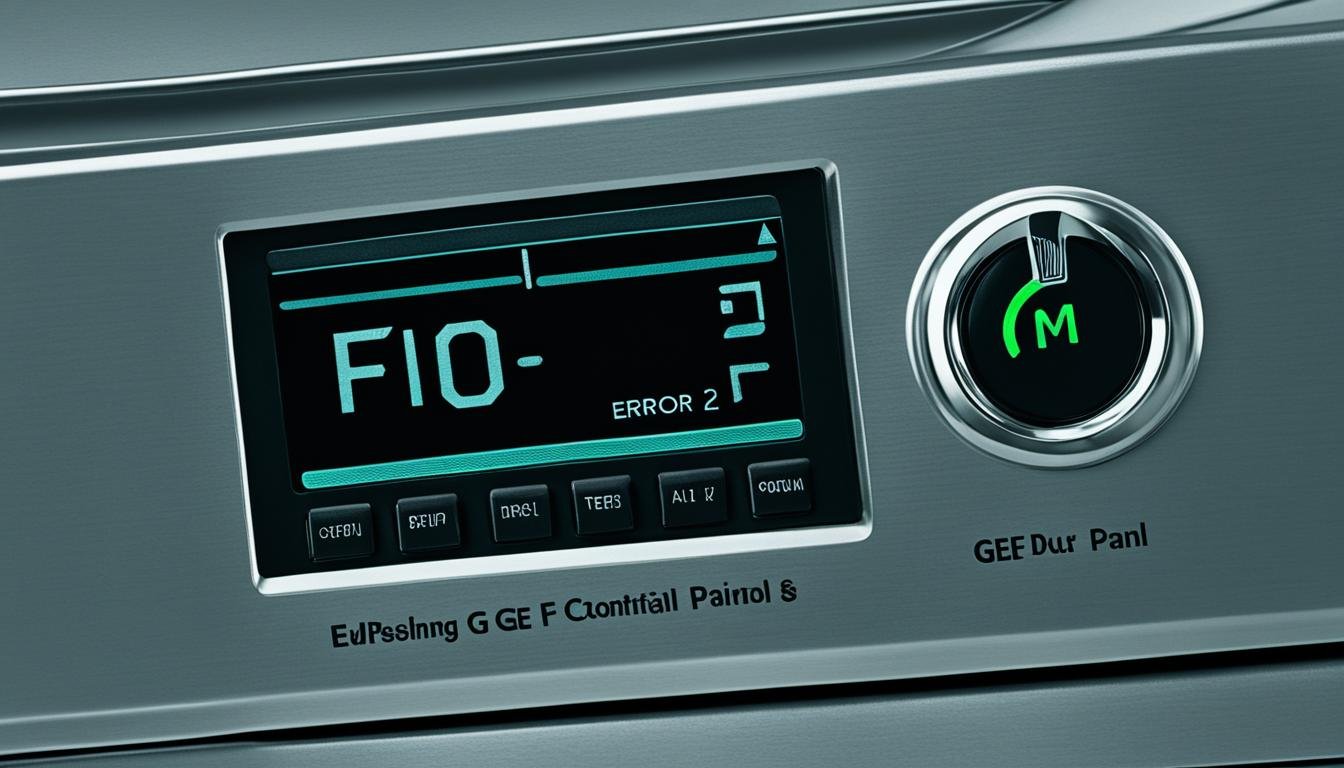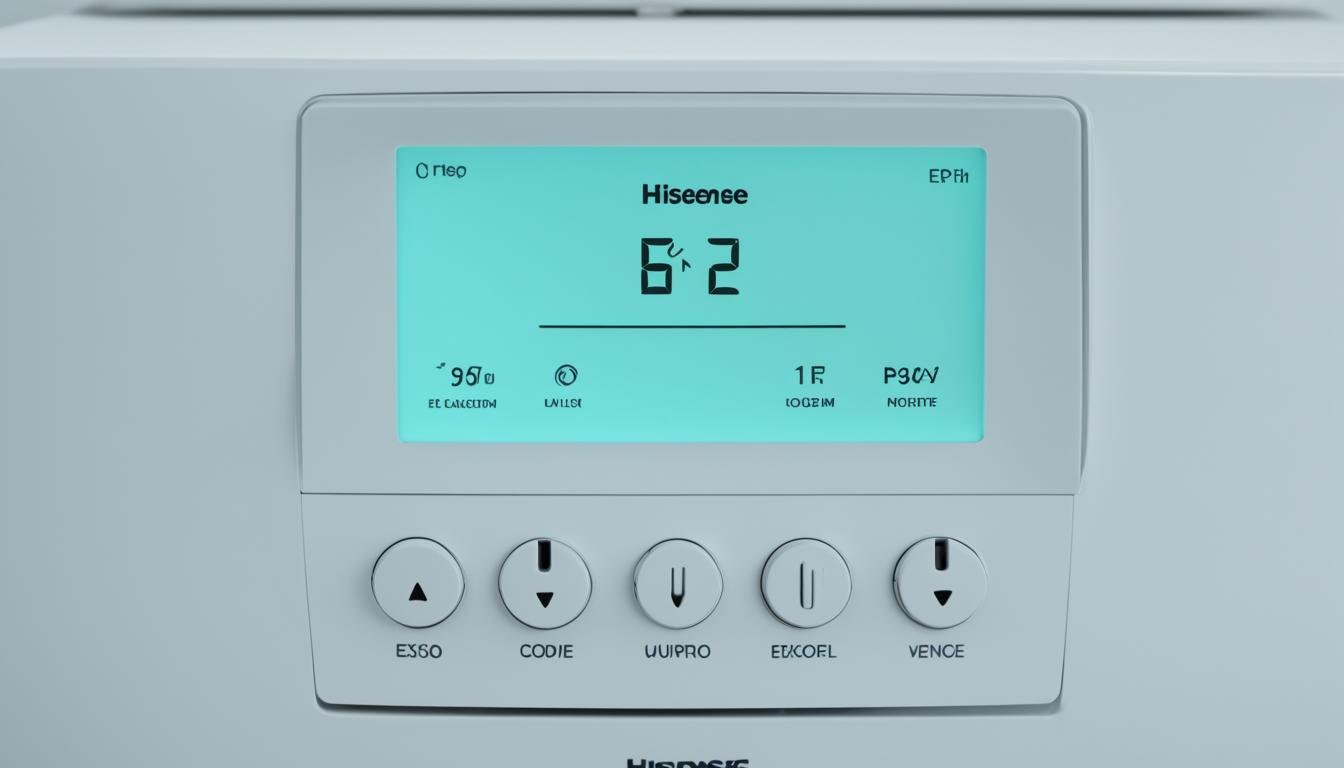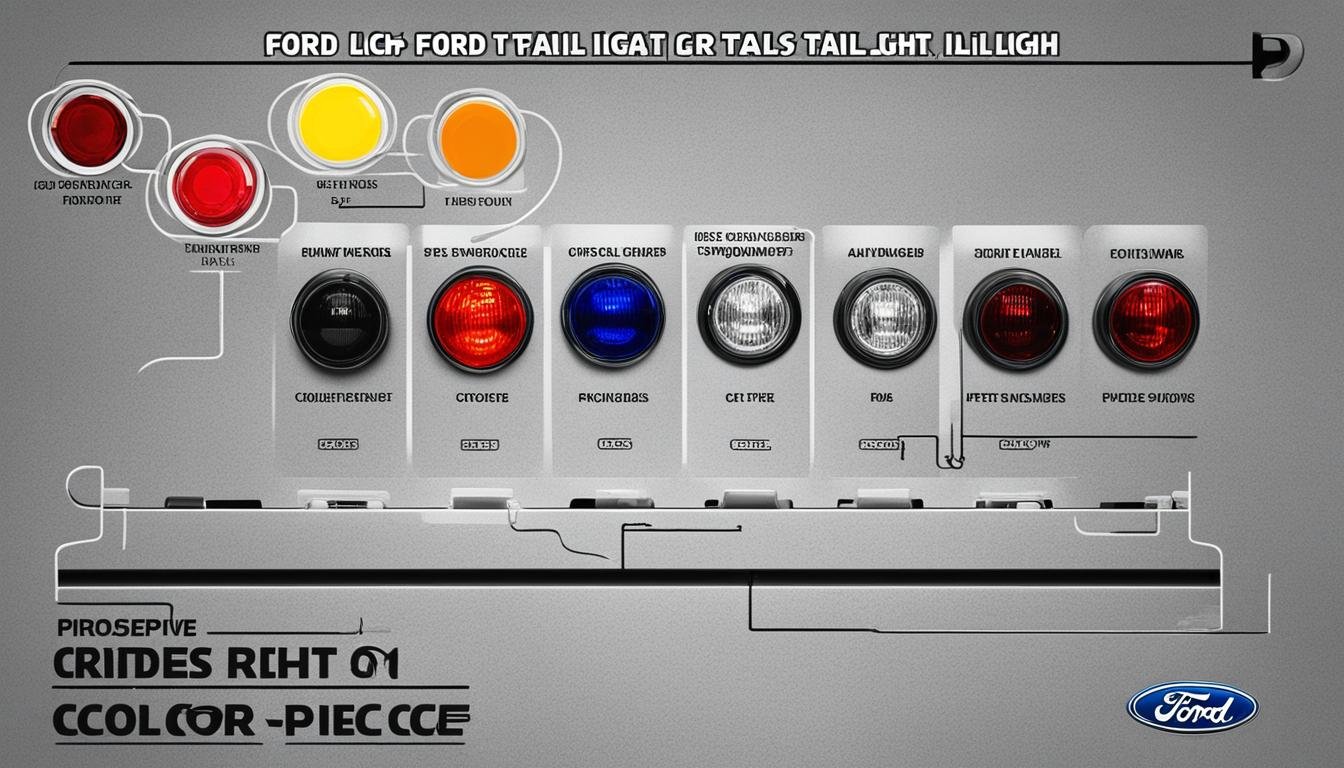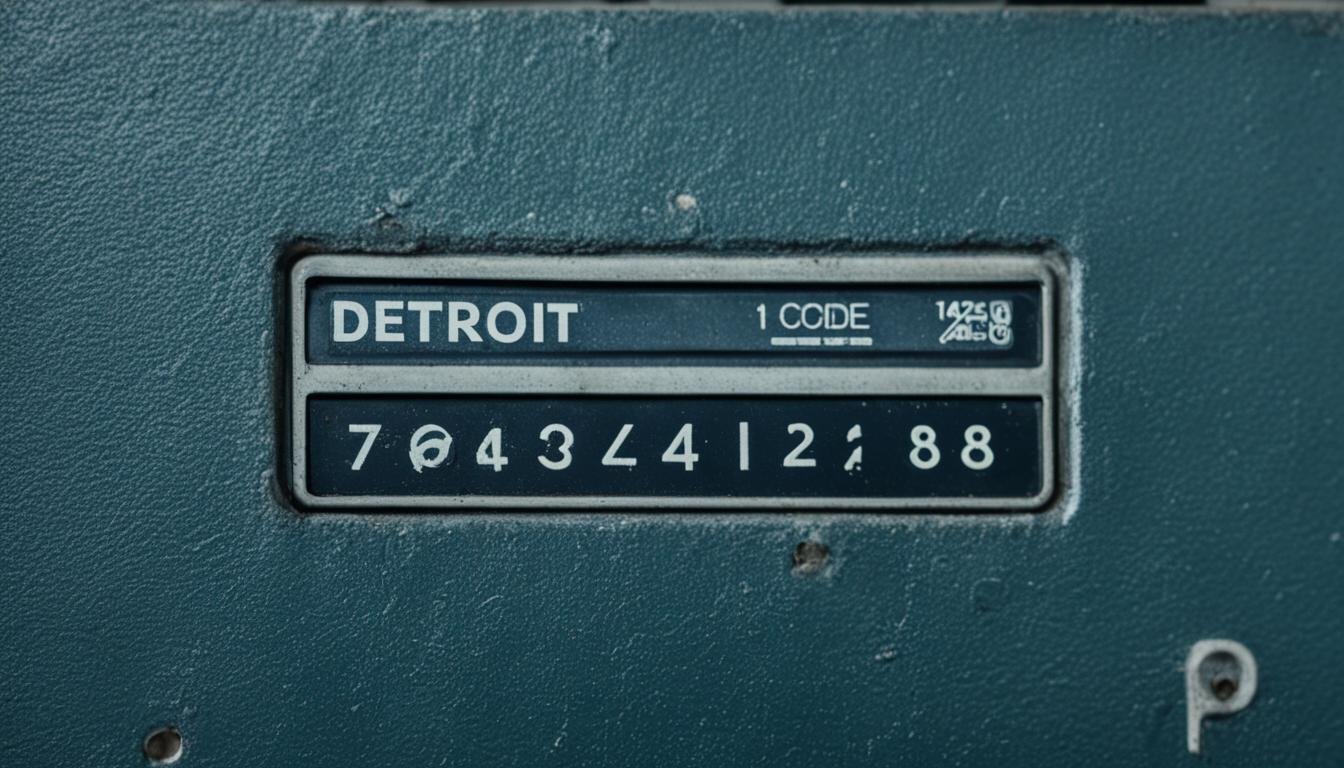Imagine this scenario: You have planned a special dinner for your loved ones, and you are preparing a delicious dish in your GE stove. The aroma fills the kitchen, and anticipation builds as you eagerly wait for the meal to be ready. Suddenly, you notice an error code flashing on the stove’s display: F2. Your heart sinks as you realize that something is wrong, and your mouthwatering meal is now at stake.
Don’t worry, we’ve got you covered. In this article, we will guide you through the process of troubleshooting and fixing the GE stove F2 code, so you can get back to cooking your culinary masterpiece in no time.
Key Takeaways:
- The GE stove F2 code indicates that the oven’s temperature has exceeded a preset limit.
- Possible causes of the F2 error code include self-cleaning cycle damage, malfunctioning temperature sensors, control board issues, glitches, and clogged ventilation.
- You can try resetting the oven, cleaning the oven vents, and inspecting the temperature sensor to troubleshoot and fix the F2 error code.
- If your troubleshooting efforts do not resolve the issue, it is recommended to seek assistance from a trained technician.
- By resolving the F2 error code, you can ensure the proper functioning of your GE stove and enjoy hassle-free cooking experiences.
Troubleshooting Steps for GE Stove F2 Error Code
If you’re encountering an F2 error code on your GE stove, don’t worry! We’ve got you covered with some troubleshooting steps to help resolve the issue. Follow these steps to try and fix the F2 error code on your GE stove:
- Step 1: Reset the Oven
- Step 2: Inspect the Temperature Sensor
- Step 3: Check the Control Board
- Step 4: Clear Oven Vents
Start by disconnecting the power to your GE stove for a few minutes. This process will reset the oven’s internal systems and can sometimes resolve the F2 error code. After a few minutes, reconnect the power and check if the error code is still displaying. If the error persists, proceed to the next step.
The F2 error code can be triggered by a malfunctioning temperature sensor. Locate the temperature sensor in your GE stove and visually inspect it for any signs of damage or wear. If you notice any issues, such as frayed wires or corrosion, it’s likely that the temperature sensor needs to be replaced. Consult your stove’s user manual or contact a professional technician for guidance on replacing the temperature sensor.
In some cases, a faulty control board can cause the F2 error code on GE stoves. Inspect the control board for any visible damage or loose connections. If everything appears to be in order, but the error code persists, consider contacting a trained technician who can perform a more in-depth inspection of the control board and make any necessary repairs.
Another common cause of the F2 error code is clogged oven vents. Over time, grease and food particles can accumulate in the vents, restricting airflow and causing temperature issues. To resolve this, carefully clean the oven vents using a soft brush or cloth. Ensure that the vents are clear of any blockages, which can help restore proper oven function and eliminate the error code.
By following these troubleshooting steps, you can attempt to fix the F2 error code on your GE stove. However, if the issue persists or you’re unsure about performing the steps yourself, it’s recommended to contact a qualified technician for further assistance. They will have the expertise to diagnose and resolve the issue, ensuring your GE stove is working properly again.
Conclusion
In conclusion, the GE stove F2 error code is a common issue that can be caused by various factors. Exceeding the oven’s temperature limit, damaged components, glitches, or clogged ventilation are some of the possible culprits. However, there are troubleshooting steps you can take to try and fix the error code on your own.
By following the recommended troubleshooting steps mentioned in this article, such as resetting the oven, cleaning the oven vents, and inspecting the temperature sensor, you may be able to resolve the F2 error code and restore your GE stove to proper functioning. It’s always worth trying these steps before seeking professional assistance.
If you have followed the troubleshooting steps but the F2 error code persists or if you encounter any difficulties during the process, it is highly recommended to reach out to a qualified technician for further assistance. They have the knowledge and expertise to diagnose and resolve complex issues with your GE stove, ensuring its safe and reliable operation.
FAQ
What does the GE stove F2 error code mean?
The GE stove F2 error code indicates that the oven’s temperature has exceeded a preset limit. This can be caused by a self-cleaning cycle that has caused damage, a malfunctioning temperature sensor or control board, glitches, or clogged ventilation.
How can I troubleshoot and fix the GE stove F2 error code?
To troubleshoot and fix the GE stove F2 error code, you can try the following steps:
- Reset the oven by disconnecting the power for a few minutes, then reconnecting it. Check if the error code is resolved. If it reappears, proceed to the next step.
- Clean the oven vents to ensure proper airflow and ventilation.
- Inspect the temperature sensor for any damage or malfunction. If necessary, replace the sensor.
- If the above steps don’t resolve the issue, it is recommended to contact a trained technician for further assistance.
Can I fix the GE stove F2 error code by myself?
While you can try the troubleshooting steps mentioned above to fix the GE stove F2 error code, if the issue persists or if you encounter any difficulties, it is recommended to seek professional assistance from a qualified technician to ensure the proper functioning of your GE stove.






Leave a Reply